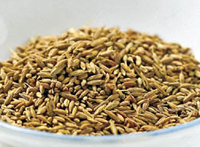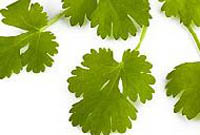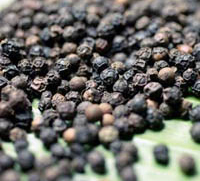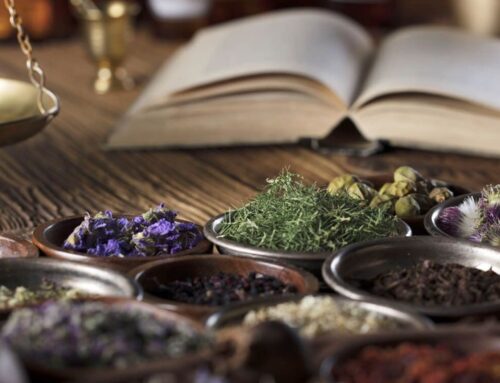
We choose foods for far more reasons than just fuel – food nourishes us on a physical, emotional and spiritual level. Eating for comfort doesn’t need to involve whipped cream and chocolate. Knowing a little about the effects of food helps satisfy deeper cravings while nourishing mind, body and soul.
“Foods which are yummy, sweet, healing, and easy to digest are comforting and nourishing,” says Jacinta McEwen, Byron Yoga Centre Ayurveda teacher trainer. Herbs and spices have many healing qualities, and when the weather is cooler, even Pitta (the fire) dosha can handle spicy foods. The most popular Ayurvedic comfort food packed with healing herbs and spices is kitchari – a mix of rice, mung beans, herbs and spices and ghee, or clarified butter.
Queen bee ghee
Ghee is essentially purified butter oil, made by heating butter until the milk solids and heavy fats coagulate and are removed. It balances both Vata and Pitta doshas and helps efficient absorption of crucial lipid-soluble vitamins such as A, E, D and K. Ayurvedic texts say that ghee helps balance excess stomach acid and maintain and repair the mucus lining of the stomach. Finally, ghee is also believed to promote learning, memory and mental recall. Its is also very healing for our nervous system and helps to ground us, so is great when under stress.

Cumin is a slightly warming, earthy-tasting spice invaluable for aiding digestion, enhancing appetite and cleansing the body by helping burn ama, digestive toxins. It pacifies people of Vata and Kapha dosha, and is helpful in small quantities for those with Pitta dosha. It is also healing for the stomach, liver and intestines.
Coriander is also great for digestion but being cooling, it pacifies Pitta, as well as being helpful for Vata and Kapha in small quantities. Coriander is detoxifying and grounding, and tastes both astringent and sweet. It is a fantastic ally in the health of your respiratory system and enhances your immunity against allergens.

Turmeric has many diverse and powerful healing qualities and is a common ingredient in Ayurvedic natural medicine. Turmeric balances all three doshas. It enhances digestion, strengthens the liver and is powerfully purifying. It is anti-inflammatory, 
Black pepper is the world’s most popular spice – for good reason. It improves appetite, aids digestion, and prevents stomach irritation and flatulence. It is great for balancing Kapha dosha but small quantities also help pacify Vata. Black pepper is a great anti-inflammatory, 
“Eating foods with plenty of nutritents that the body can easily absorb and which help heal opens our hearts and minds to receiving nourishment in other areas of our lives,” says Jacinta.
Basic Kitchari recipe
This recipe is good for all doshas but especially Vata and Vata aggravations. It is appropriate to eat in all seasons and is very good for children, elderly, for those recovering from illness and when you’re feeling depleted. It is great for cleansing and is very soothing and healing. For ungroundedness, you can add fennel seed. In Autumn or for constipation, add Ajwain. In winter and spring add ginger. You can add vegetables such as carrots, cauliflower, tomatoes and broccoli.
Ingredients
1 cup of mung (or moong) beans. You can use half mung, half red lentil or two thirds mung, one third red lentils, depending on time of year and your dosha’s state of balance. Don’t use red lentils in summer as they are too heating.
1 cup of Basmati rice
1 or 2 tablespoons of ghee (clarified butter) or olive oil
1 tablespoon of cumin seeds
1 tablespoon of ground coriander
Half a teaspoon of turmeric
1 teaspoon of freshly ground black pepper
1 sliced onion (optional)
Half a teaspoon of salt (or to taste)
1 teaspoon of garam masala (or coriander)
4-5 cups of hot water
Method
1. Rinse and soak the mung beans and rice for 2 hours.
2. Drain soaked dhal and rice.
3. Heat ghee in pan, add cumin, coriander, turmeric, and onion, if using. Cook until soft and brown.
4. Add mung dhal, rice, salt, garam masala and black pepper.
5. Add hot water and cook until the beans/lentils and rice cooked. The consistency should be fairly soft, but this is according to taste.
Jacinta will be running a workshop on June 28 on how to give Shirobhyanga, Ayurvedic head massage. Call her on 02 6684 3165 for more information.




